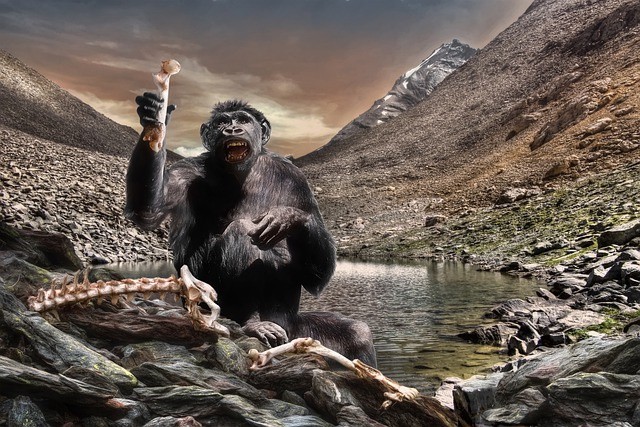
A driving factor of climate change that has affected human evolution even up to the present day is vastly different from different epochs of the Earth. The story of developing into modern homo-sapiens took two million years of climatic shifts, remarked a study.
How apes to people have coped to survive several cataclysmic changes that could have wipeout out the human species is nothing short of a miracle of Darwinian adaptation.
Evolution Influenced by Climate Changes
Scientists say over two million years of constant climatic cycles were influenced by the cosmos, which caused massive changes like Chicxulub sixty-six million years ago, reported Science Alert.
Simulations were run on a supercomputer, making models of the planet's climate in the Pleistocene epoch. The difference in the precipitation and temperature was connected to how different hominin species and Homo sapiens adapted, noted IBS Center for Climate Physics.
Humans and their ancestors have been moving about on the Earth for a long time.
According to climate physicist Axel Timmermann from Pusan National University in South Korea, separate groups of archaic humans preferred different climates, respective habitats all reacted to cosmic changes in Earth's axis wobble tilt and orbital eccentricity, which caused climate shifts, cited EurakAlert.
Hypothesis about the argument in which the prehistoric episodes of climate are a factor that pushed evolutionary developments in the Homo genus; but is not easy to prove with no evidence to back it up.
Critical evidence is sought to discover the hard climate change data needed to connect the dots to human evolution, such as archaic humans in the fossil record, noted News Prepare. It is like a needle in a haystack.
Climate Shifts, Habitat Changes
Archaeologist Michael Petraglia, from the Max Planck Institute in Germany, stated that finding the proof of habitat changes in the geologic records from the sedimentary outcrops and paleolake drill cores has incomplete data.
To get around the problem, Timmermann and his associates employed astronomically triggered climatic variations related to Earth's movement, known as Milankovitch cycles, to simulate environmental parameters across Earth over a two-million-year period.
ALEPH, a South Korean supercomputer, conducted a scenario that needed half a year to calculate the numbers to create the model. The study authors say it is a most time-intensive climate model to explain their hypothesis.
Over 3,000 geochronological constrained hominin fossils and supporting details are included in the study, which adds to the documented presence of many hominin species in the fossil record.
The model covers how the different hominin groups spread all over the Earth in periods; also, the expansion depended on the prevailing environment connected to climatic influences like a stable temperature and food sources to support the populations then.
Timmerman concluded that their study showed how climatic factors determined the path of evolution the genus Homo would take, either be successful or become extinct.
Modern man is what he is because of the adaptation and evolution of the past epochs with climates that had to be surpassed or be ended as bones in the fossil record.
According to Nature, the complex factor of the climate signal and the associated environmental suitability should be studied to appreciate hominin evolution in the Pleistocene.
As shown by the study, climate change and human evolution are connected, which will be verified with more data for the conclusions.
Related Article : Earth's Sudden Oxygenation Is Purely Accidental After Several Billion Years, New Theory Explains
© 2025 HNGN, All rights reserved. Do not reproduce without permission.








